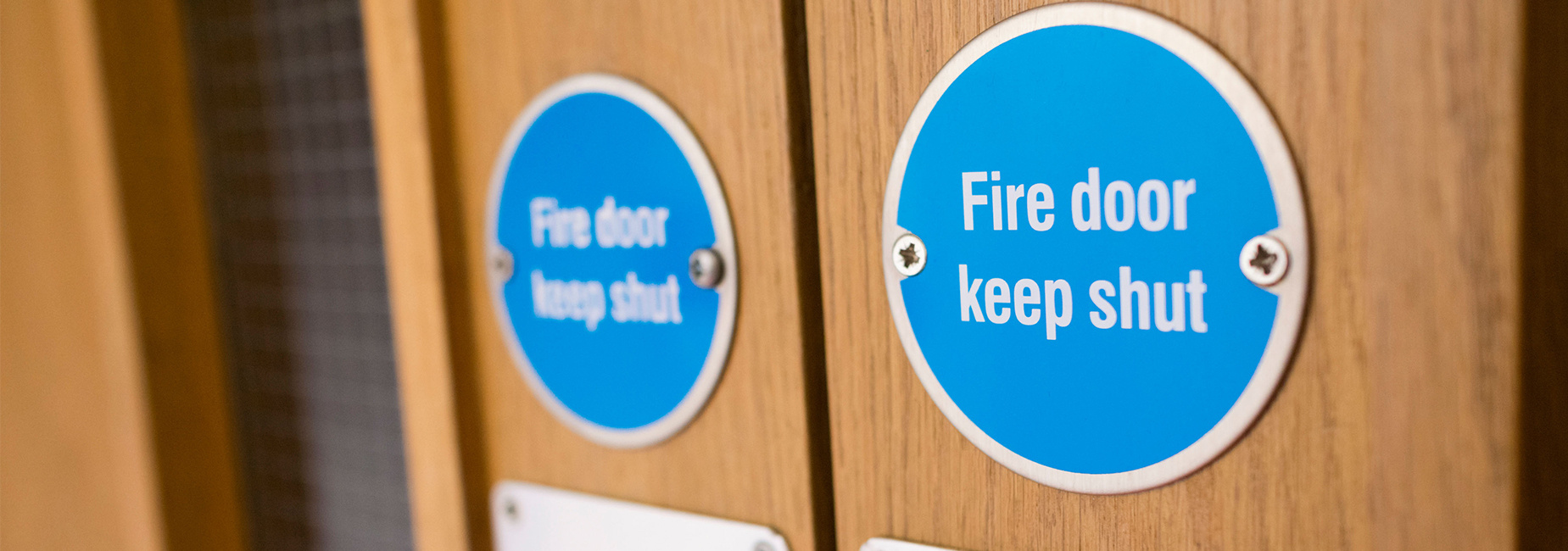
The Regulatory Reform (Fire Safety) Order 2005
WHAT IS THE RRO?
The RRO came into force in 2006 in England and Wales; transferring the responsibility for Fire Safety from the fire authorities to whoever has day-to-day control of building premises. This is known as the Responsible Person. This person must take steps to reduce the risk from fire; consider how to contain a fire should one break out and ensure people can escape safely. They also need to be able to identify a Competent Person i.e. knowledgeable, qualified professional who can undertake preventative and protective measures, such as Fire Door Inspections, if they’re not confident to do so.
ARE YOU RESPONSIBLE?
If you have been designated the “Responsible Person” for fire safety in a building – you are responsible for taking steps to protect occupants in your business or premises from the risk of fire. It is your duty to ensure that all your passive and active fire protection is under a sustained, suitable and sufficient programme of inspection and maintenance.
WHY ARE FIRE DOORS IMPORTANT?
Fire doors save lives and protect property. Effective fire doors are essential to ensure that occupants can evacuate a burning building swiftly and safely; avoiding potentially tragic consequences. Escape routes in buildings such as care homes, schools, hotels etc require significant protection; and fire doors are probably the single most important element in giving occupants time to safely evacuate the building. A fire door is not just the door leaf. It is a complete assembly comprising the frame, any glazing, intumescent fire and smoke seals and all the ironmongery that is used on the door, such as hinges, overhead door closers, latches and locks. Just like other life safety devices, such as fire extinguishers and alarms, fire doors and final escape doors need regular, stringent inspection and maintenance to ensure that they will perform as intended in the event of a fire.